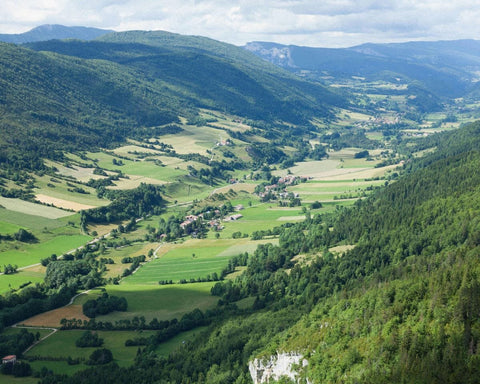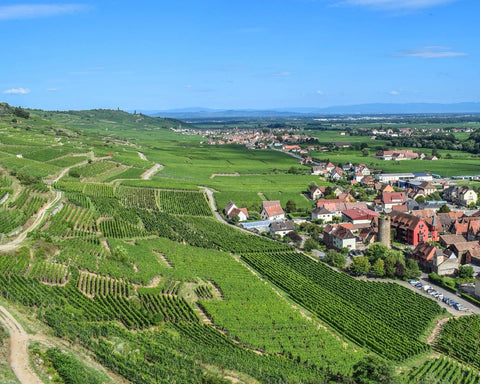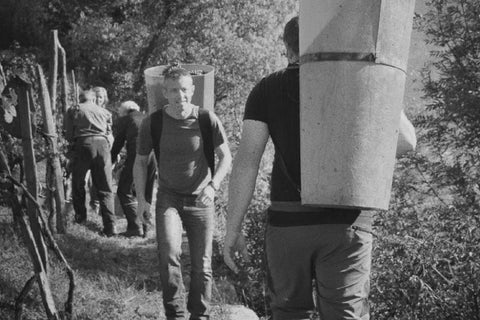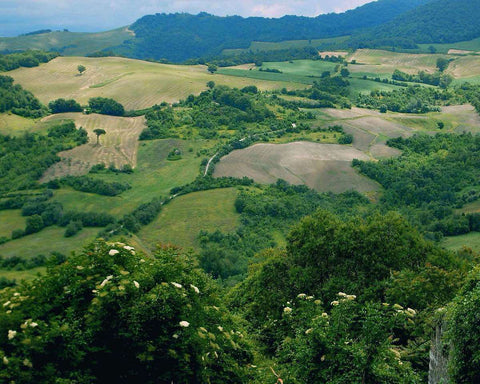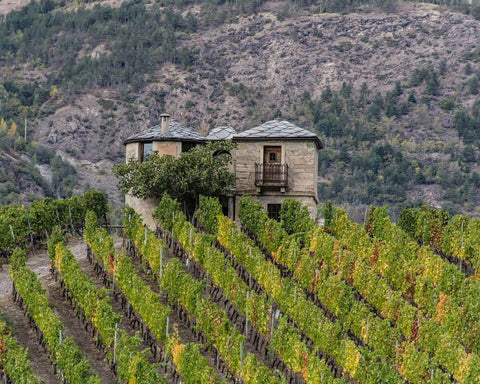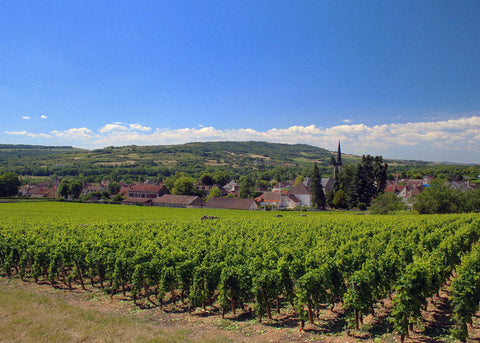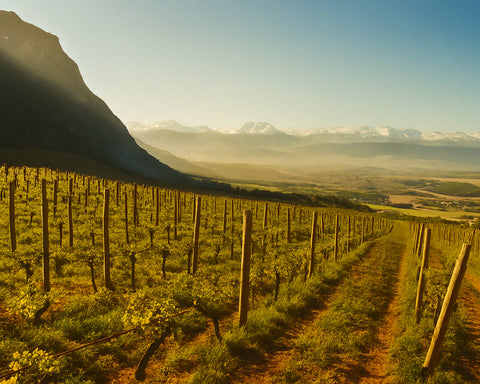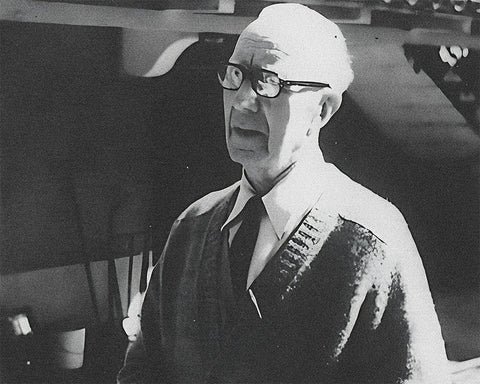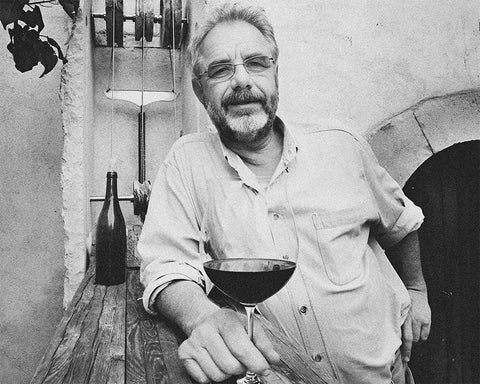Auvergne, a region in central France, is known for its rugged landscapes, volcanic formations, and rich cultural heritage. Nestled in the Massif Central, Auvergne offers a unique combination of natural beauty, history, and culture.
Over the centuries, Auvergne has emerged as a region celebrated for its commitment to preserving its natural environment and cultural traditions. The region's emphasis on sustainable practices and respect for nature is evident in its protected parks and diverse agricultural produce.
The region of Auvergne is not just known for its picturesque scenery; it is also renowned for its culinary delights, particularly its cheeses and wines, which reflect the region's rich history and dedication to craftsmanship.
Table of Contents
History of Auvergne
Auvergne, with its ancient volcanic landscape, has been inhabited since prehistoric times. The region has a rich history from the Gauls to the Romans, who were drawn to its mineral-rich springs and fertile lands.
During the medieval period, Auvergne was a significant center of power and culture. The region's strategic location made it a focal point for various historical events, including battles and alliances that shaped French history.
The towns and cities of Auvergne, such as Clermont-Ferrand, are steeped in history, showcasing a blend of Romanesque architecture and medieval fortifications that narrate the region's storied past.
The 19th and 20th centuries brought industrialization and modernization to Auvergne, but the region managed to preserve its cultural and natural heritage, making it a popular destination for those seeking an authentic and historical French experience.
Terroir of Auvergne
Auvergne's terroir is characterized by its volcanic soil, varied topography, and continental climate. The region's unique geology, with its volcanic origins, provides fertile ground for various agricultural products.
The hilly terrain and diverse microclimates create ideal conditions for viticulture and other forms of agriculture, allowing for a wide range of crops and livestock to thrive.
The combination of rich volcanic soil and favorable climatic conditions contributes to the distinct flavors and qualities of Auvergne's agricultural produce, particularly its renowned cheeses and wines.
The Geology of Auvergne
Auvergne's landscape is dominated by the Massif Central, a highland region formed by volcanic activity. This geological heritage is evident in the region's numerous extinct volcanoes, lava plateaus, and crater lakes.
- Puy de Dôme: One of the most famous volcanic peaks in Auvergne, providing spectacular views and a rich historical background.
- Monts Dore: A volcanic massif offering diverse landscapes and a variety of outdoor activities.
- Volcanic Plateaus: Fertile areas that support agriculture and viticulture, contributing to the region's diverse produce.
The region's volcanic origins have created a unique soil composition that enhances the flavors and characteristics of its wines and cheeses.
Climate and its Influence
Auvergne's climate is continental, with cold winters and warm summers. The region's altitude and geographical features create diverse microclimates, each contributing to the distinct qualities of local agricultural products.
This climatic variation is crucial for cultivating a wide range of crops and producing high-quality wines and cheeses that Auvergne is known for.
Wines of Auvergne
Auvergne is home to several wine-producing areas, each offering unique expressions of the region's terroir. The wines of Auvergne reflect the volcanic soil and climatic conditions, resulting in distinctive flavors and characteristics.
Saint-Pourçain
Saint-Pourçain is one of France's oldest wine regions, with a history of viticulture dating back to Roman times. The vineyards are located on the limestone and granite slopes of the Allier River, providing excellent drainage and a unique mineral profile to the wines.
The white wines of Saint-Pourçain are primarily made from Chardonnay and Tressallier grapes. These wines are known for their crisp acidity, floral aromas, and mineral notes. The red wines, produced from Gamay and Pinot Noir, are light and fruity with soft tannins, making them approachable and versatile.
Côtes d'Auvergne
The Côtes d'Auvergne appellation encompasses several sub-regions, including Boudes, Châteaugay, Madargue, and Chanturgue. These vineyards are scattered across the volcanic hills surrounding Clermont-Ferrand, benefiting from the diverse microclimates and soil types.
The red wines of Côtes d'Auvergne are predominantly made from Gamay, with some Pinot Noir also grown. These wines are characterized by their vibrant red fruit flavors, peppery spice, and a distinct mineral undertone. The white wines, primarily from Chardonnay, exhibit fresh acidity, citrus notes, and a subtle smokiness from the volcanic soil.
Rosé wines are also produced in this region, offering bright acidity, red fruit flavors, and a refreshing finish, making them ideal for summer sipping.
Red Grapes
- Gamay: The most widely planted red grape in Auvergne, Gamay produces light-bodied wines with high acidity and bright red fruit flavors. It is particularly suited to the volcanic soils of the region, which add a distinctive mineral edge to the wines.
- Pinot Noir: While less common than Gamay, Pinot Noir thrives in the cooler microclimates of Auvergne. These wines are elegant and complex, with aromas of cherry, raspberry, and earth.
White Grapes
- Chardonnay: This versatile grape variety produces a range of styles in Auvergne, from crisp and minerally to rich and oaky. The volcanic soil imparts a unique smoky character to these wines, setting them apart from other Chardonnay-producing regions.
- Tressallier: An indigenous grape to the Saint-Pourçain region, Tressallier is often blended with Chardonnay to add floral aromas, fresh acidity, and a distinctive minerality to the wines.
Cuisine of Auvergne
Auvergne's culinary landscape is as diverse and rich as its history and geography. The region is particularly renowned for its cheeses, hearty dishes, and use of local, seasonal ingredients.
Cheeses: Auvergne is famous for its cheeses, including Bleu d'Auvergne, Saint-Nectaire, and Cantal. These cheeses reflect the region's pastoral traditions and are made from the milk of cows grazing on the lush volcanic pastures.
Charcuterie: The region's charcuterie, including sausages and cured meats, is a testament to its agricultural heritage. Salers cattle, a local breed, contribute to the high quality of Auvergne's meat products.
Potée Auvergnate: A traditional dish featuring pork, cabbage, and root vegetables, cooked slowly to enhance the flavors. This hearty stew is a staple of Auvergne's cuisine, reflecting its rustic and comforting character.
Auvergne's cuisine offers a culinary experience deeply connected to the region's heritage and landscape.
